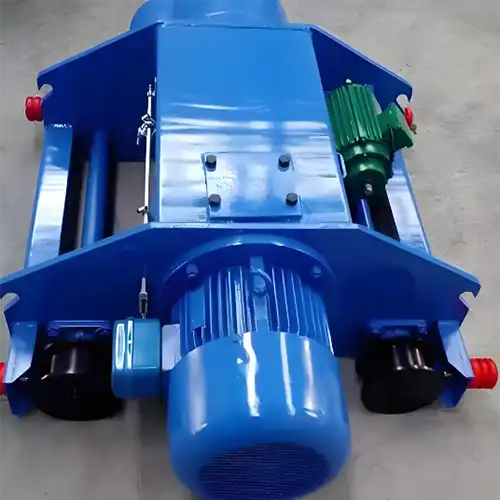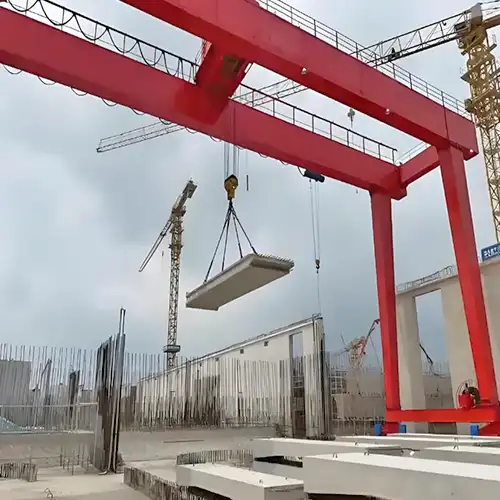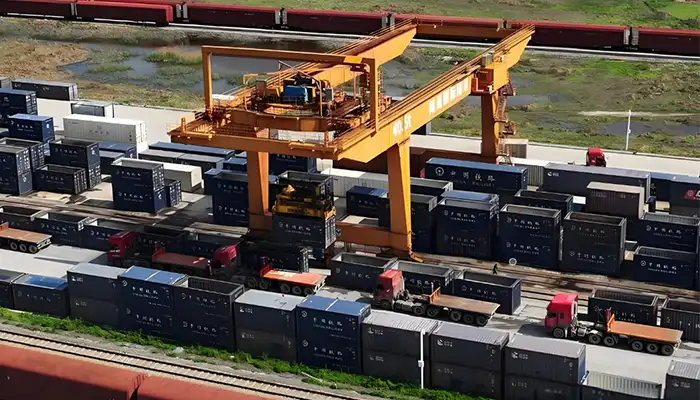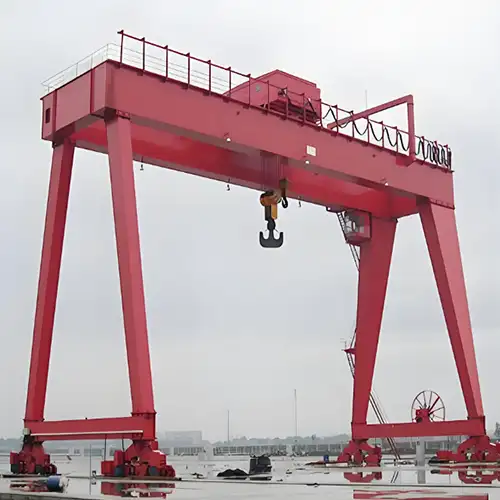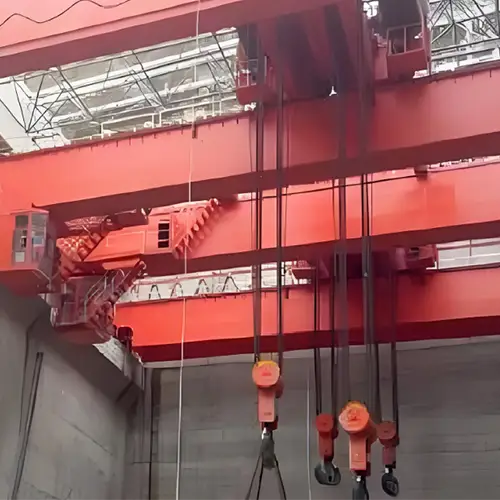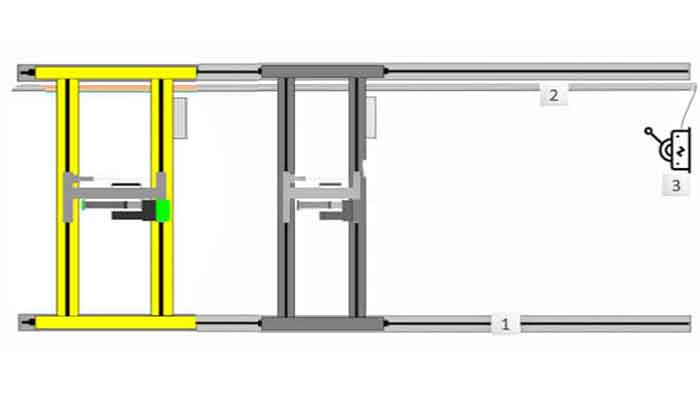
Add New Overhead Crane to An Existing System: What to Consider
Is it possible to add a new bridge crane to your existing overhead crane system structure? What's your building structure capability? How to power new overhead crane? How to avoid collision among cranes in the same bay? In the following, we are going to talk about the topic in the following aspect for you to have a better understanding on the installation of a new bridge crane to an existing crane system. If you have need or question, please feel free to contact us.
- Structure Capacity
- Crane spacing & zoning
- Crane swing control & anticolision control
- Conductor Bar System
- Power Supply Isolator
Add a new bridge crane to increase productivity and expand your business
Growth is a common goal across industries. Companies must increase production as they grow over time. Additional facilities and equipment are frequently needed to accommodate growing client demand and the resulting increase in production. This is also true for overhead cranes.
When it comes to adding a new bridge craneequipment to an existing crane runway, questions may be askedas follows: "I have a 10 ton overhead cranestructure . Is it possible to adda new ten-ton crane to this crane runway?"If your company is expanding, the answers to these questions are critical.
In the following section, we will discuss the topic in the following aspect so that you have a better understanding on what to considerto install a new bridge crane to an existing crane system. Please contact us if you have a need or a question.
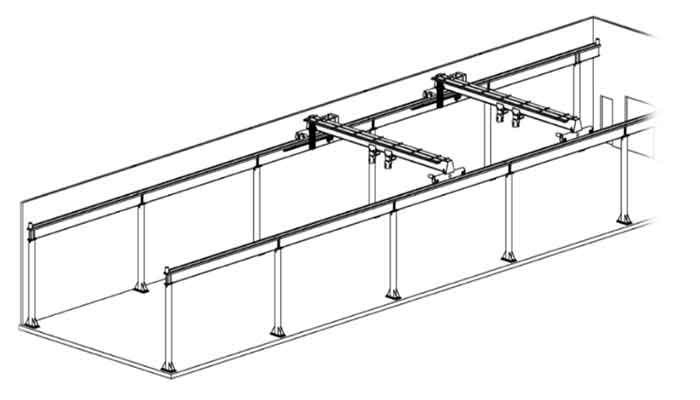
Add a new bridge crane to the existing overhead crane runway structrue
Structure Capacity
The first factor that determines whether a newoverhead cranecan be added is the existingstructure's capacity. There are three options: the new bridge craneequipment can have a capacity that is less than, equal to, or greater than the structure's capacity.
Confirm structure engineering or planning .
- New crane with equal or less capacity. Checking the engineering plans for the structure, where the capacity is determined, is the first step. The important information in these documents is crucial, even if finding them requires some searching or asking the business owner. For example, do the plans enablethe addition of a bridgecrane or cranesin the future? If so, do the specifications of the new bridgecrane match those or fit in the structural plans? Confirm this information before moving on to the next critical factor.
- New overhead crane with a higher capacity .Unless the addition of a higher-capacity overhead crane has been included in the original plan, and only a thorough investigation by an engineer can determine whether the existing structure can take the load of the new crane. Therefore, it's possible that this approach may highlight the necessity for structural reinforcement or other changes so that an overhead crane can be added.
However, there are other load-related aspects that should also be looked at. Another factor to take into account is the space between the cranes.
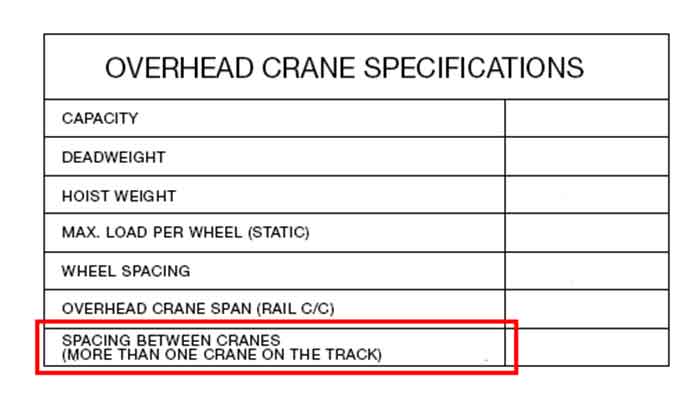
Specifications and spacing
There are still additional factors to take into account when installing a new overhead crane, even if the capacity of the new hoisting equipment is equal to or lower than that of the supporting structure. Frequently, the plan includes a table of specifications listing the considerations for installation an new crane. It may be stated in the table that just one overhead crane is allowed on the structure.
However, the table shows that in other conditions, the hoist crane equipment may be added with the appropriate spacing. The engineer's specified spacing must then be designed and kept all times by mechanical or electrical spacing solutions (mechanical extension, laser system, etc.). This might have an effect on where the lifting devices are placed, and subsequently, how decisions about acquisition are made.
How to prevent your overhead crane from collision?
The potential risksof cranes unintentionally colliding is a serious problem. There are more potential issues with crane projects involving boom-type, mobile, or several overhead cranes. These dangers are increased by negligence of safety measures and oversight. Crane collisions can be prevented in factories and other industrial settings by taking a number of precautions. The following are some examples.
Powered-Down Overhead Cranes
Ensure overhead bridgecranes arepowered down when using others in the area. As a result, crane operators can move their cranes without worrying about touching or colidingthe one that is "tagged out."
Set Travel Limits for All Material HandlingCranes
Mark the highest point that a bridge crane can go in close proximity to a mobile crane with clearly visible marks. Install the safety devices, such as, Bumper stops , Electrical or mechanical restrictors , Floor level barrier cones , Runway rail hard-stopping rail clamps , Visible barricades , Warning tape , etc.
"Master/Slave" systemWhen two bridge cranes move in the same horizontal direction at the same time, there is a considerable risk of collision. Install a "Master/Slave" system between the bridges to improve safety. This person directs the operation of the electric travellingcranes. The Master instructs one electriccrane to remain stationary while the other slave crane moves. No travellingcrane can move without the Master's permission.
Adhere to Proper Rig Loading Procetures
A hazard exists if the force and weight balances and rigging technique are not correct. The load may become uneven and unstable, and it may move unexpectedly. It is also at risk of collapsing. Check more on how to prevent electric travelling crane from collision?
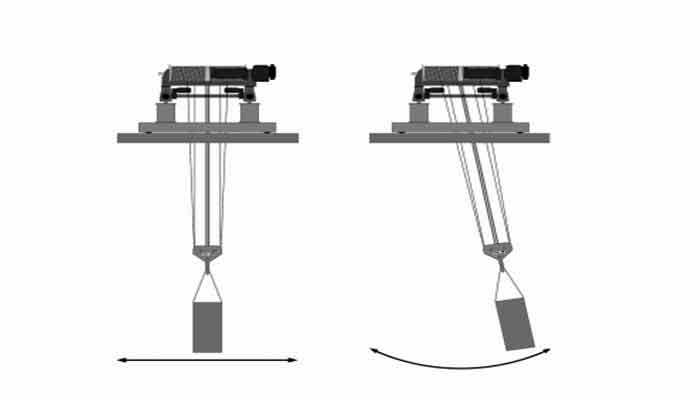
With heavy loads, the overhead crane may sway if the primary lifting mechanism is wire ropes. This reduces work efficiency and raises the risk of accidents.
Anti-sway control systems manage the load's out-of-plane and in-plane speculation angles. This provides stabilizing controls during bridge travel and/or hoistingtrolley traverse motions.
Some have an intelligent feature that operates automatically. This feature reduces sway as the operator accelerates and decelerates the eotcrane. This interface can be turned on and off using a control switch.
Using Smart Crane TechnologyToday, integrated communication technology offers multi-level anti-collision solutions that are safe and effective. It monitors rail-bound transfer cars coming in from the side. To avoid collisions, the system also checks all crane positions, no matter how high they are.
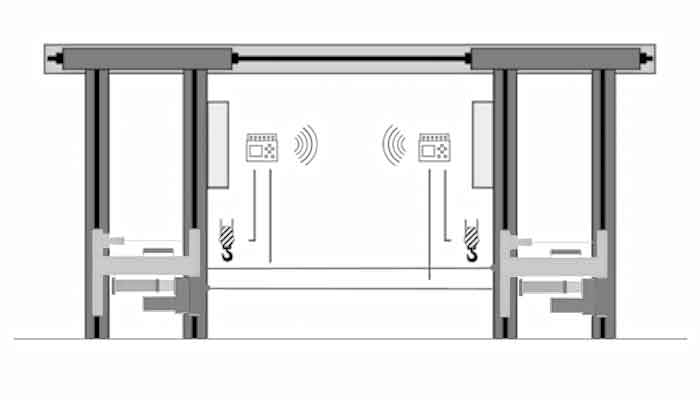
Laser Solutions
Some systems measure distances using laser tools. This encompasses the space between two overheadbridges, barriers, or both.
In order to facilitate safe placement, they also establish restricted zones. Different programmable relay outputs can be used by operators to speed up and slow down crane motion. Additionally, it locates collision threats and alerts operators or machine centers.
A touch screen controller and a real-time color display could be part of the solution. Relay alarm systems may be programmed and taught using machine learning.
Optional featuresmay include:
- 250 VDC overhead crane interfaces using secondary panels
- Audible and visual signaling devices
- Module connectivity between crane sentries
- Override capability
- Wireless I/O modules
Wireless Solutions
Another method is to use wireless sensors. They simultaneously track the precise location of every crane or crane trolley. Additionally, it dynamically and continuously modifies the distance to neighboring objects.
The antenna is integrated into the 1D24 housing. Therefore, it only requires rough sensor alignment to get accurate readings.
Separate communication systems will not be required to control movement and prevent collisions. Data communication guarantees system synchronization throughout the board.
Most solutions are compatible with all kinds of cranes. This covers variable frequency drives, contactor controllers, and soft starts. They can be used indoors or outdoors because these systems have an accuracy of up to 1/8 inch.
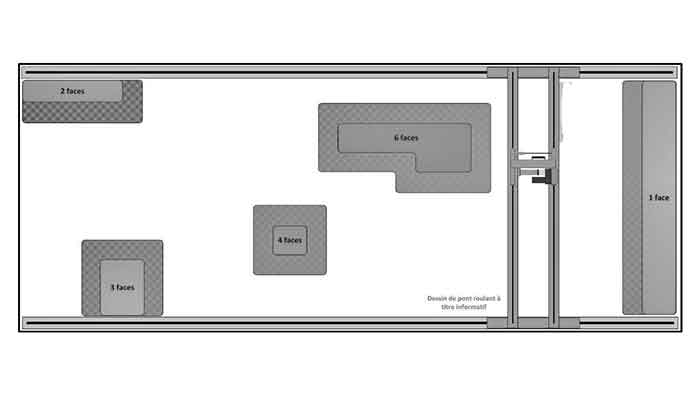
Zoning system
The configuration of a building may not always allow for much flexibility in terms of working areas. This may involve the use of lifting equipment such as an overhead crane in areas with critical machinery or personnel movement (such as a pedestrian walkway). Employees or equipment could potentially be involved in collisions under these conditions. Equipment integrity or worker safety are put at risk.
Operator safety and best practices training is critical. Error, on the other hand, is human, and it can cost a business dearly, not only financially, but also and especially in human terms. Given these implications, it makes sense to look into technological solutions that can improve safety.
Using senors and controllers to indicate working zone
Programmable no-go areas for lifting equipment can be created using sensors and controllers. A predetermined program will cause the equipment to slow down and stop at the edge of the zone as it approaches a predetermined critical location. Even better, a light indicator can inform the driver of the reason for this stop. Furthermore, a unique key system can be installed to allow a specific employee to override these rules, for example, to access a critical machine that only he or she is authorized to access.
Benifit of zoning systems
These systems safeguard employees and equipment from careless movements or ignorance. As a result, the building's high-risk zones and areas where lifting equipment is necessary are safer.
Conductor Bar System
The second important element is the electrical system made up of conductor bars. Although this approach was designed for the current setup, it may not be the best choice for using multiple pieces of equipment together. Let's look more closely.
Bar rating
Based on the amperage needed for the installed equipment, the crane runway conductor bar model was chosen. But will this electrical output be enough for a brand-new crane? Electrical issues could happen if its capability is not taken into consideration. For instance, motors can overheat and get hurt. The capacity and amperage of the various motors in the new equipment can be obtained from the conductor bar manufacturer. The bars can be adjusted to the new arrangement using this data and the relevant computations. Otherwise, a system with a higher rating must be used in their place.
Voltage drops
Voltage drops occur predictably in all electrical power networks. But once more, if a second piece of equipment is powered by the same system, the allowable variation for a single crane might not be acceptable. Therefore, to prevent further issues, this voltage drop must be reduced.
Solutions
Adding a second feed point to the bars can occasionally be the answer. Installing a parallel system, such as placing new bars on the opposing crane runway, may be the better choice in other circumstances. Check more on how are overhead crane powered?
Power Supply Isolator
The electrical system of an overhead crane has its own breaker that can be used to cut power as needed. This breaker, once again, is designed for the current installation and does not account for future additional equipment. This is the third important consideration.
The breaker is designed based on the amperage of the existing electrical system. This means that the fuses and electrical cables have a direct relationship to the power. If the amperage of the crane runway is increased by adding a new crane, the breaker fuses or electrical cables may no longer be suitable and must be replaced. This modification may have an impact on the breaker's electrical panel, which may no longer have enough physical space to accommodate these changes.
As a result, the isolator must be tested before proceeding. Only master electricians are authorized to make any necessary adjustments under the current standards.
Get your work done by overhead crane experts
Before adding an overhead craneto an existingcrane runway, consult a lifting cranespecialist. It's not as simple as it appears, and they're the best people to help you. Why?
Manufacturers of overhead cranes give engineers the capacity information so they can make calculations. They also inspect and evaluate the conductor bar system's electrical capacity and voltage drops. All of this qualifies them as true lifting specialists!
It is always better to be certain than to assume when install an new overhead cranesystems to your existing crane structure. Contact us to get free consultation and get the bridge crane to improve your productivity and expand your business.
